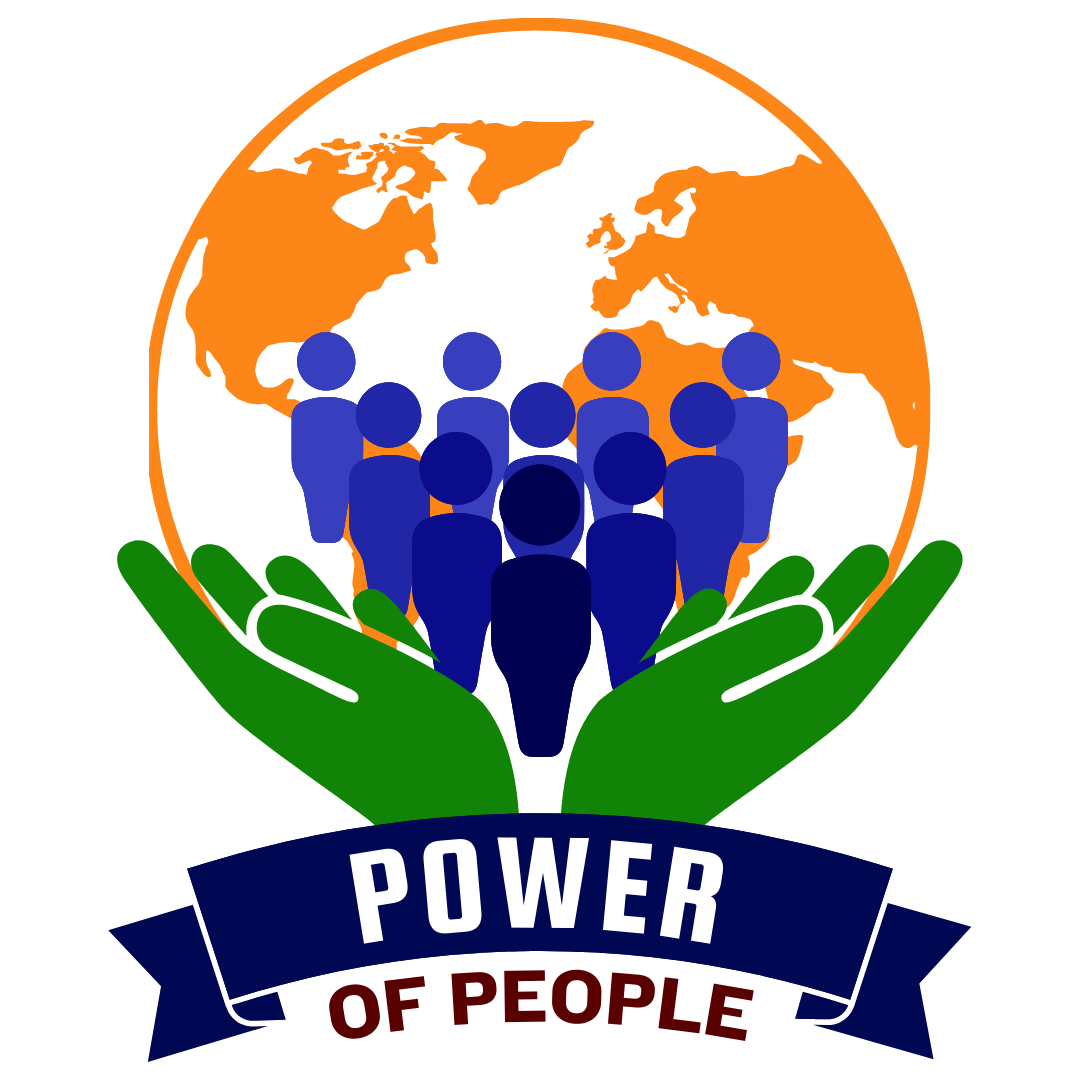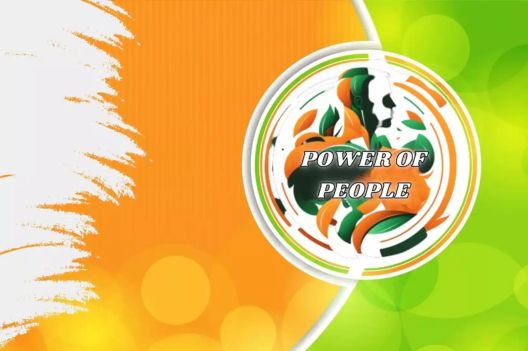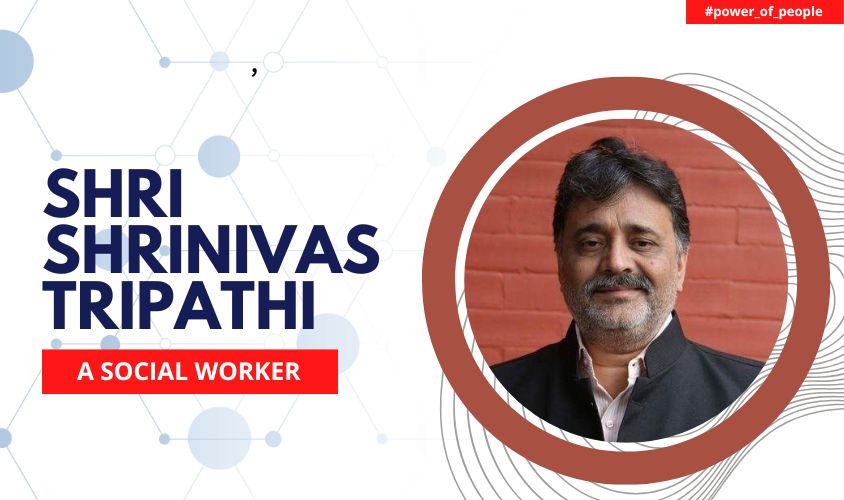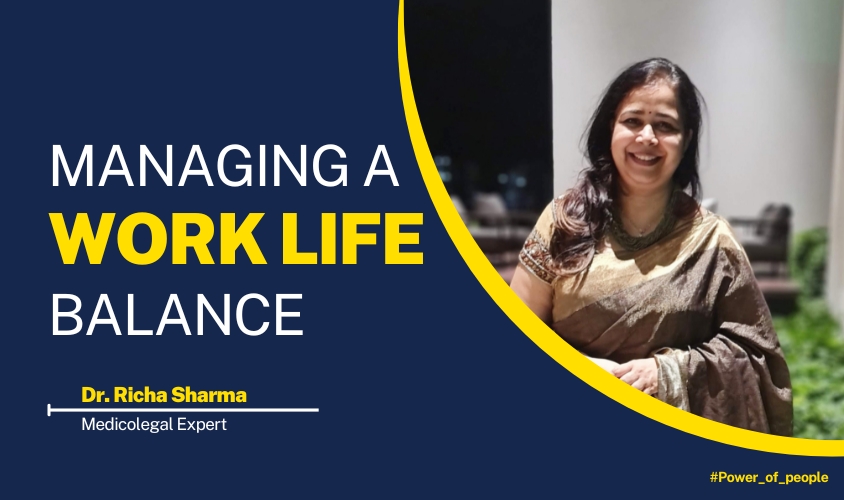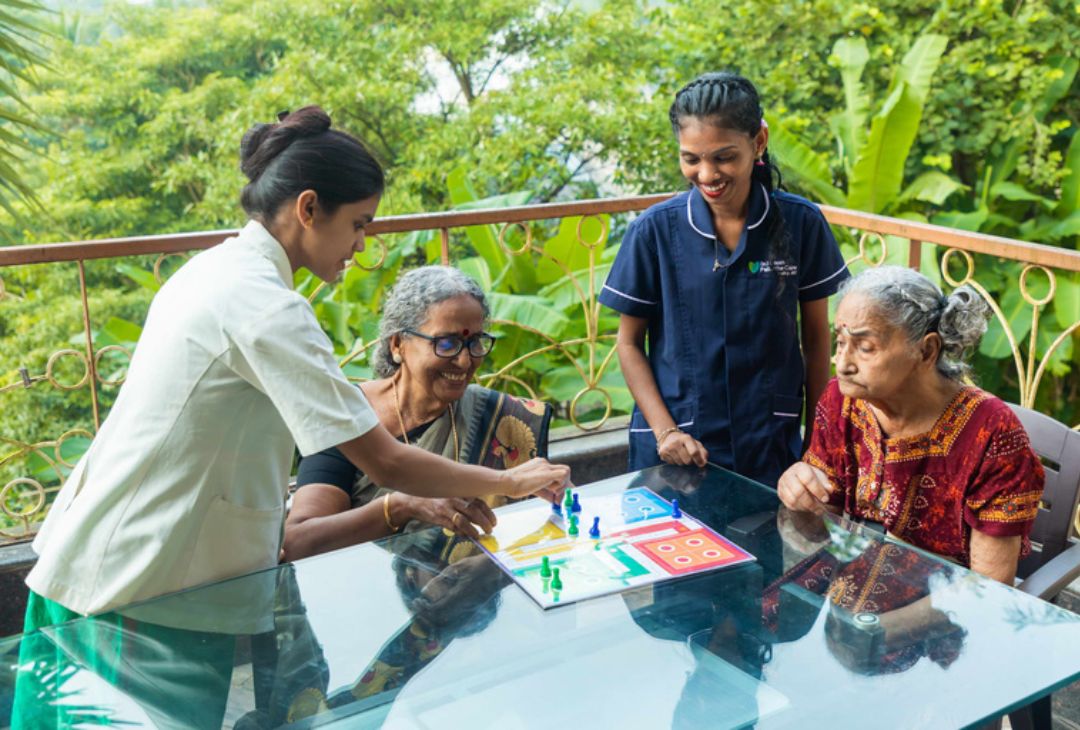
Dr. Prasanna Menon started her career as agynecologist and an obstetrician qualifying fromLokmanya Tilak Medical College, Mumbai. In herchildhood, she has seen humble; kind and generouspeople around her. But in the growing years she sawthis kind gesture of people diminishing. Someoneneeded to kindle it back. She believes that a personneeds to do something even if it is trivial, somethingthat is doable. Being in the medical profession, sheconsiders herself fortunate and blessed that she canconnect with people on various aspects of life. It'snot only the treatment for illnesses and physicalaspect because treatment or well-being has got fourdimensions physical, emotional, mental, spiritual. “Ifwe touch upon all these, it is so very easy to treat apatient.” So somewhere while conducting herantenatal classes she interacted with the family andelders in the family “I realized that I could connect to not only the parents, butgrandparents very well,because those were sessionwhere we were inviting thegrandparents. That is thetime I again realized that thecouples and thegrandparents are veryreceptive to whatever we aretrying to teach them.”
“The grandparentsconnected with me. Theywould say you send thenurse for an injection, sendthe nurse to change thecatheter, the Ryles tube. Iused to readily send them.So, this way I was connectedto the senior citizens. Theywould call me when therewas any medical query” she says. During the COVID pandemic, therewere some senior citizens, who werestranded. They would say, “doctor, canyou send somebody?” But the societiesdid not permit anyone. No maid, nonurses, no attendant, so Dr Prasanna washelpless. That is the time she thought ofgeriatric and palliative care with a doctoron call. It couldn’t be an ordinary old agehome. That is when an opportunitypresented itself, one of the COVIDpatients who was getting treatedhappened to ask “doctor, can I dosomething for you?” She replied that shewas looking for a place where she canplace some of the senior citizens who didnot have support and start treating them.He offered a bungalow on rent withspecial permission from the society to start treating elderly citizens. In October2020 she started a geriatric center thatwould take care of all the needs right fromthe food, the basic medicines, their vitalparameters to be monitored, etc. Theblessings, the love and affection that shereceived were overwhelming and morerewarding than what she had experiencedbefore. She now has two centers, oneexclusively for geriatric care, wherepatients are mobile and they can walk inthe lawn, and where they can participatein the various activities and another forbedridden patients for exclusive palliativecare. The segregation of these twocategories was very important, she says asthe mental well being of the residents ofher home depends on it.
When she started the homes, the schoolsaround her requested for the children tocome and visit the centers. She believedthat children should come see the workand be in touch with the reality, only thenwill they be grounded. That is when shestarted the concept of Samay ka Khata.This not only made the residents of thecenter happy but also the employees. Thestudents, homemakers or volunteerswould reach out to her and work in hercenter for a few hours for some days thatthey could spare. They would be rewardedwith a certificate that mentioned the timethat they have donated to the center. This novel conceptwas adopted by her from the SwedishTime Bank. They willingly learnt the basicsof handling and taking care of the elderlyand received a time bank called “samay kakhata” with the number of hours added totheir account. They can use this time forthemselves or donate it to someone inneed and they can access care from thecenter through this “samay ka khata” Theyoungsters may be well versed with all thelatest electronic gadgets, but when itcomes to handle a person who has simplyfainted or needs care, they are unaware.Dr Prasanna’s centers helps them learn the basics and not only give them life skillsbut also make them more knowledgeable.It is a win-win situation, says the good doctor.
“Let's try to create a kind of a ripple effectwherein one good thing leads to anothergood thing. Because all these arecontagious. If a smile is contagious, all thegood deeds are contagious. All bad deedsare contagious. It's the blessing of thoseseniors which keeps guiding me as towhat I need to do as next step.” She issupported by her husband and her son, acomputer engineer who has promised tokeep the concept alive and take it forward.It is very important, she says, that aconcept have a successor otherwise eachnew person taking over invariably reinvents the wheel.
As an exceptional student when shestepped into medicine, she did not realizewhat was in store for her. She narrates anincidence of the Sion Hospital Casualtywhere after a bomb blast, people werewalking around with the limbs saying,“Hume nahi pata kiska hai, doctor iskolaga do”(we do not know who this belongsto, doctor please re-attach it”, “this isreality in life and like Gautama Buddhasaid, as long as I was in that palace, Ididn't know what was happening around,only when I started walking around on theroad, that's the time I realized this is life”.She believes that everyone should spenddoing a six months course in hospital or atwo month course in the war zone. When one sees real life, one understands grief.Hence all who volunteer in her centerunderstand the realities of growing oldand frail.
Delegation is important and that requiresstaff that is strong. A team should betrained and empathetic so that they canhandle situations in her absence, sheopines. Managing and retaining staff isher major pain point she says. It isessential that the team is treated likefamily, her team was givenaccommodation and a place to cook andrest. Because she would like standards to be maintained, and an organization that issustainable, there are chargeable and freebeds. This keeps the costs down andstandards at par.
We asked her what she believed was thepower of people. She said “Let's first startfrom power of an individual person -When I say power of an individual person,me, you or anybody, we don't know whatis the potential power each one has withinus. Each one has sufficient power simplyto be tapped at the right time. That iswhat is important. When we realize that Ihave power, I try to do things for not onlymyself but for people around me. Andwhen each one of us think that we have an internal power and when each onethinks that that is in surplus, I can do it formyself and I can do for a few around me.Imagine the power of people; It would bea huge potential energy which you canjust put into role, it will become thecorrect dynamics, the kinetic energy. But itshould be used in the right direction, bythe right people, in the constructivemanner, in the creative manner. Only thenit can be called as power. Otherwise, it's adestructive thing because a weapon or a tool, any instrument, you can use itfor the betterment and you can also use itto destroy something. It's like a scalpel -If Ican use it to operate on somebody, to givea life, the same scalpel I can use to killsomebody. So, power of people, power of every human being and we are just a partof the universe. When the energy is withinis limitless, you realize we can all cometogether to do something very big, verysubstantial.”
